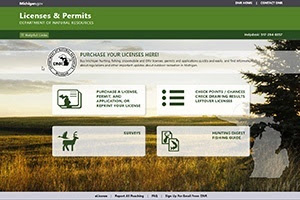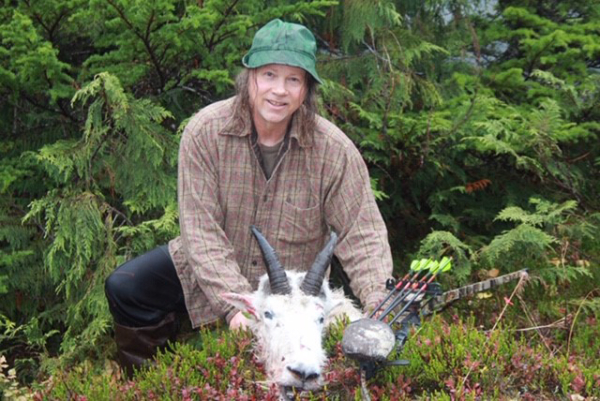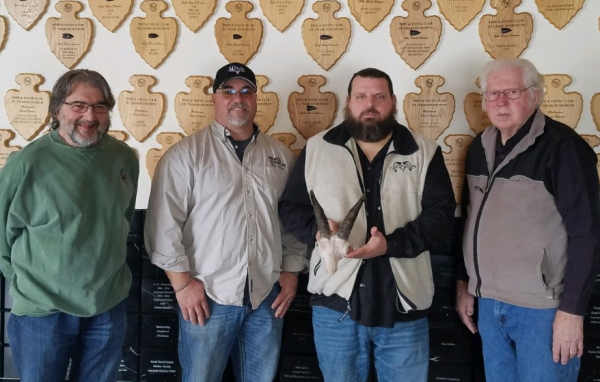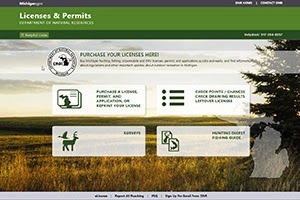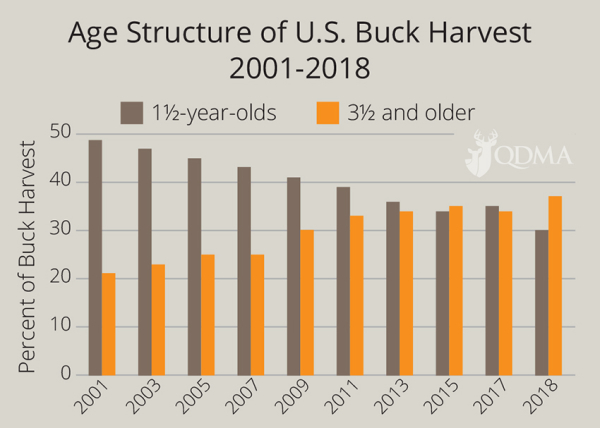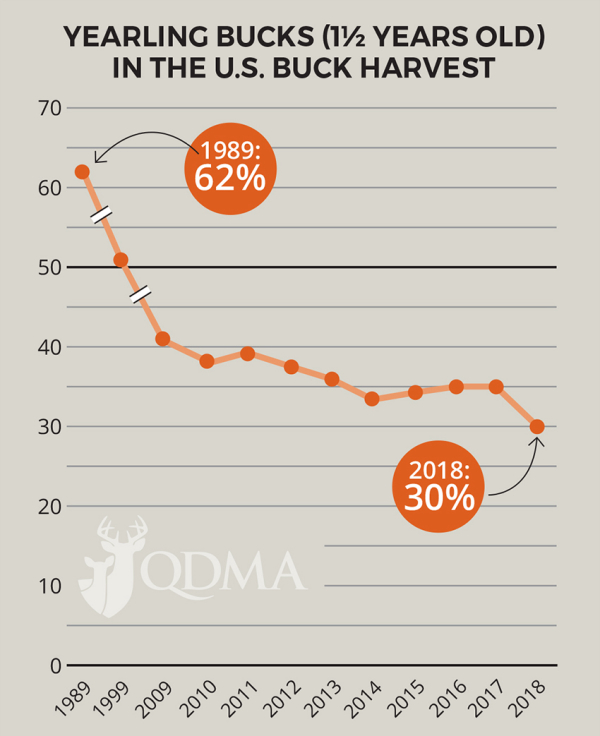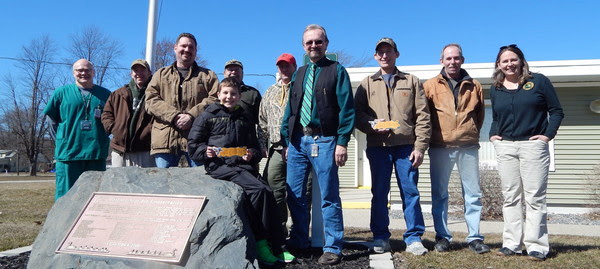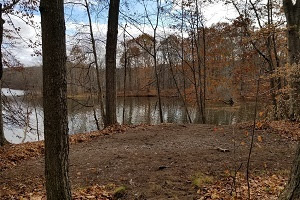By Glen Wunderlich
Charter Member Professional Outdoor Media Association
The Quality Deer Management Report for 2020 has been released and depicts national trends in whitetail deer management throughout its range. It is important to note that most of the information contained in the report does not include statistics from the most current hunting season just finished in 2019. Unfortunately, information from Michigan related to yearling bucks taken was not reported, and therefore, is not available at this time. However, there is still plenty of worthwhile trends being developed.
National yearling buck harvest rates are at the lowest ever recorded, and the percentage of 3½-year-old and older bucks in the harvest is 37 percent of the total antlered buck harvest, which is the highest percentage ever recorded.
In addition, the antlered buck harvest (those 1½ years or older) is at near record levels, and last season’s buck harvest was 5 percent above the previous 5-year average – a very positive sign for deer hunters and managers. On the contrary, antlerless harvest was down slightly from the prior year, and it was 4 percent below the 5-year average. The antlerless harvest has now declined nearly 20 percent in the past decade.
Crossbow harvest exceeds the vertical bow harvest in 11 of 25 states (44 percent) thanks to enlightened deer managers legalizing their use in recent years.
The latest information regarding the 2018-19 total harvest indicates 66 percent of deer were shot with firearms, followed by 23 percent with bows, 10 percent by muzzleloaders, and 1 percent by other means.
State wildlife agency deer project leaders reported spending more time on Chronic Wasting Disease (22 percent) than deer management proposals (20 percent) or education and outreach (14 percent).
Michigan-specific statistics are as follows. Antlered bucks taken for year 2018 totaled 211,754, which is down from year 2017’s total of 226,656. Bucks taken per-square mile were 3.7, which is tops in the nation and 6 percent higher than Michigan’s 5-year average. Of that whopping total, however, is a large percentage of yearling bucks (those 1.5 years old), and although not reported, has run in the neighborhood of 46 percent the past few years. Wisconsin appears to have the dubious distinction of taking the most yearling bucks, which equals some 53 percent of its total bucks taken. In 2018, the national average percentage of the antlered buck harvest that was 1½ years old was 30 percent.
Some states have already issued press releases on the 2019-20 deer season and QDMA includes five of the top headlines here as an outlook for the data you’ll see in next year’s Whitetail Report. If the early results hold true, 2019 was a good year for many deer hunters, as evidenced by the following snapshots: Kentucky had a record gun deer harvest, Missouri’s harvest was down 2 percent but still near record numbers, Vermont had its fourth highest deer harvest in last two decades but Wisconsin’s deer kill was down 14 percent.
There you have it by the numbers courtesy of QDMA.
